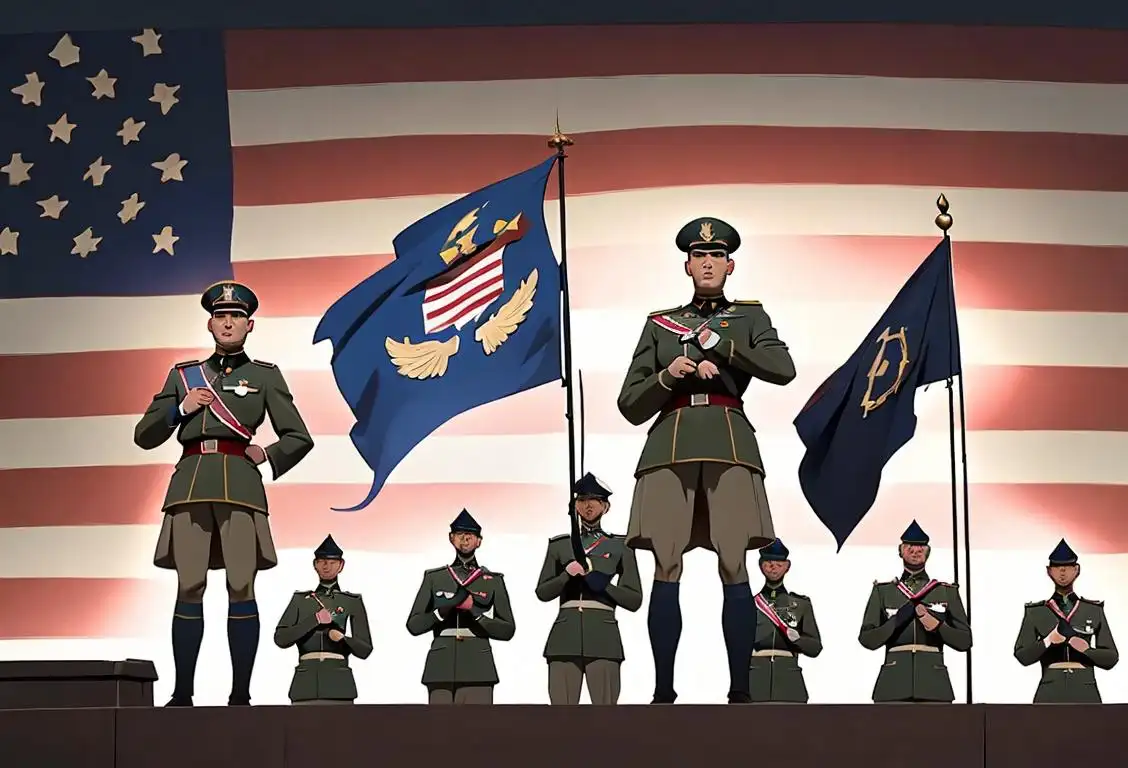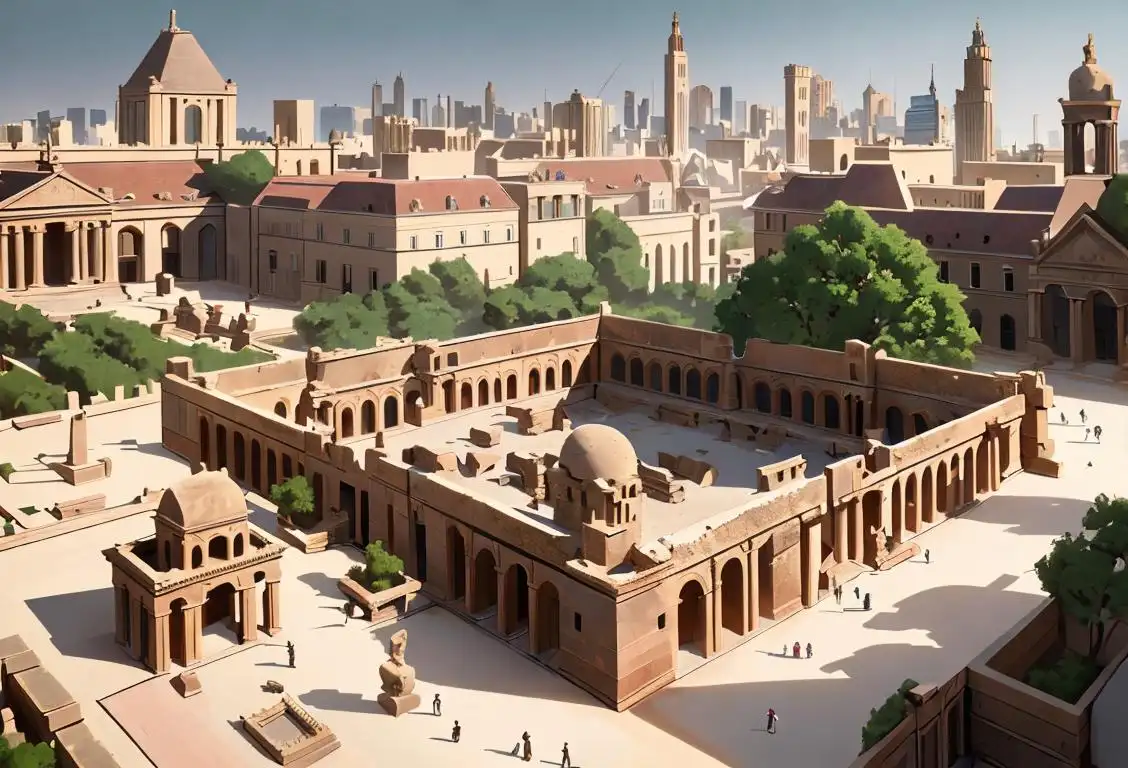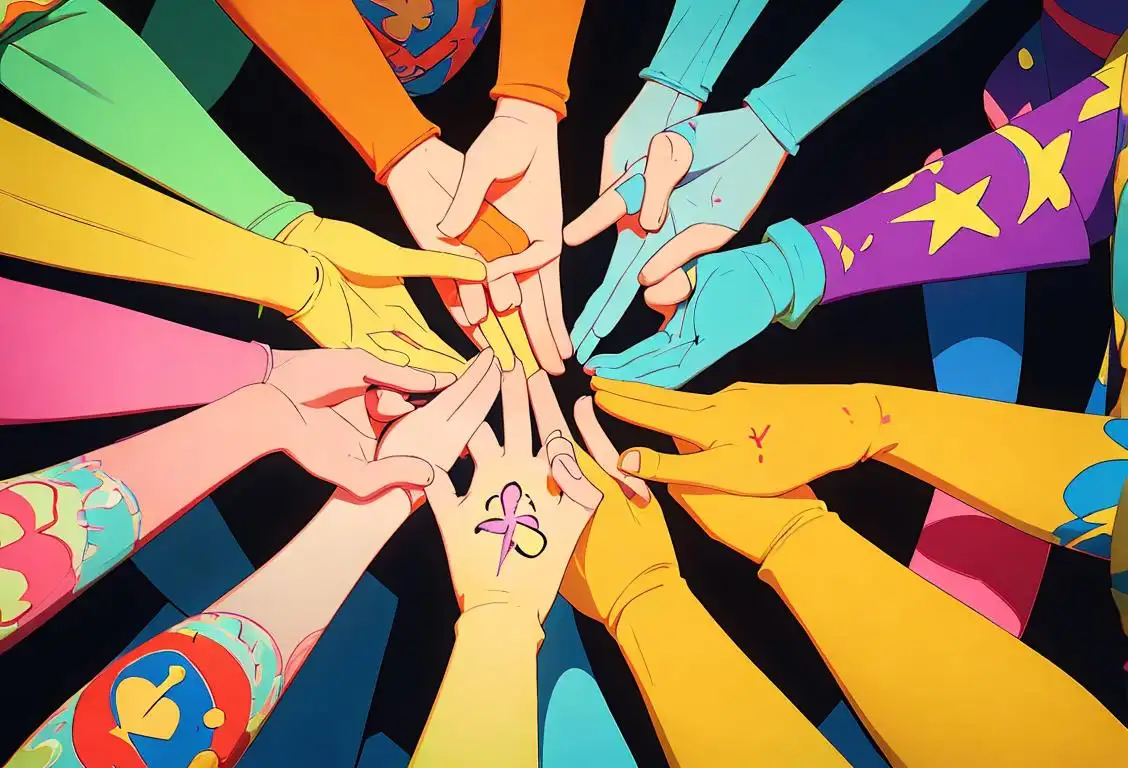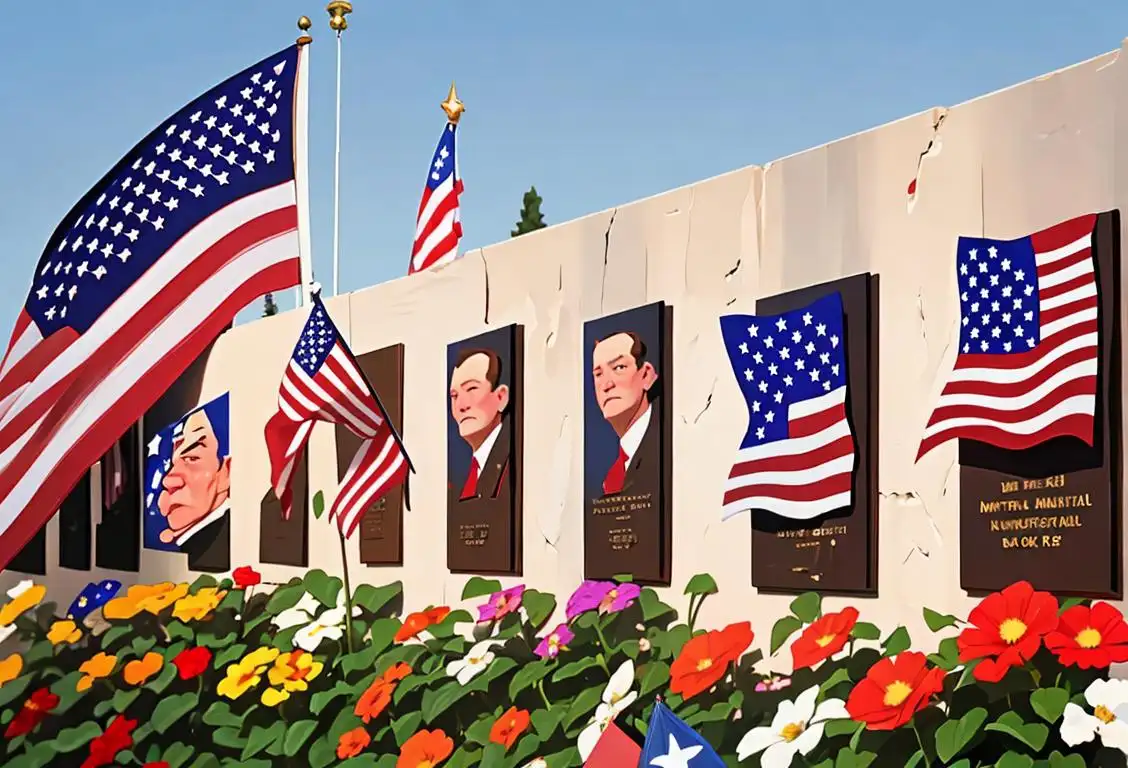National Flag On The Republic Day
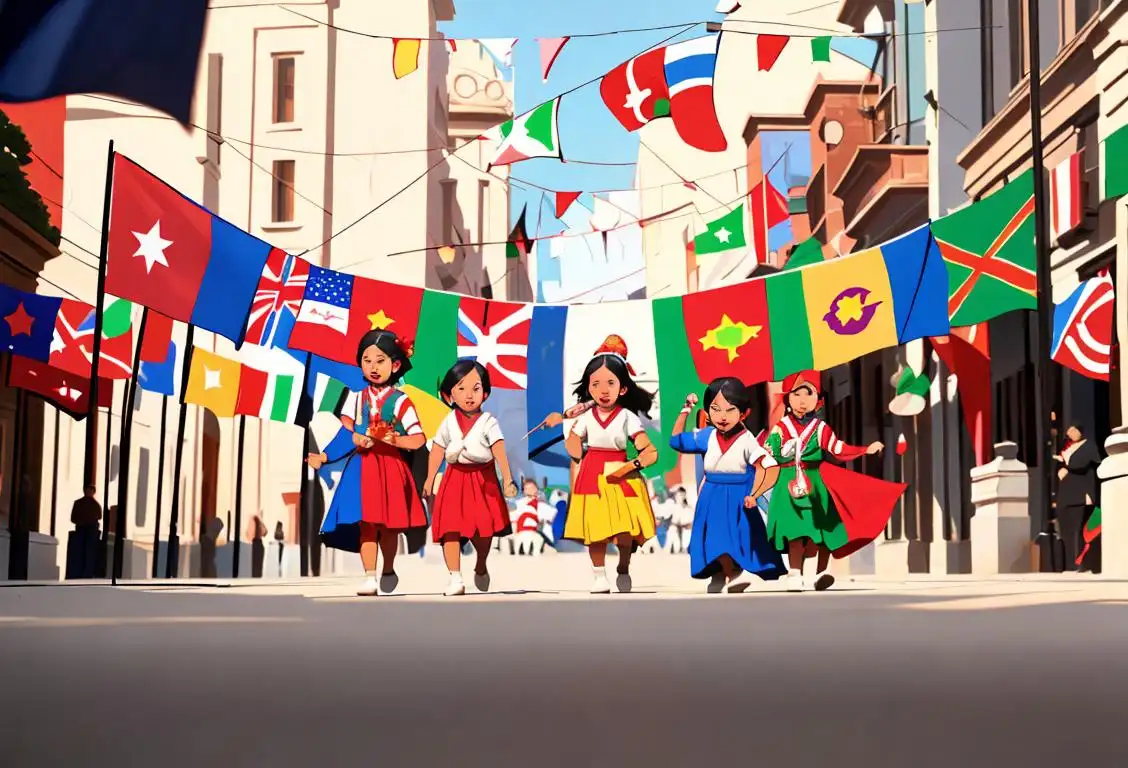
Hey there! Are you ready to dive into the fascinating world of National Flag on Republic Day? Well, get your flags ready and let's unfurl some fun facts!
When is Flag On The Republic Day?
It's national flag on the republic day on the 26th January.
The Birth of the Tricolor
The National Flag on Republic Day holds a special place in the hearts of every citizen. It's not just a piece of cloth; it represents the pride, unity, and diversity of our incredible nation. But do you know how this majestic tricolor came into existence?
Our National Flag was first adopted on July 22, 1947, and it underwent a few modifications before reaching its final form. The design was created by Pingali Venkayya, an eminent freedom fighter, and it was based on the Swaraj Flag of the Indian National Congress.
The flag consists of three equal horizontal bands of saffron, white, and green. The top band, saffron, signifies courage and sacrifice. The middle band, white, represents truth, purity, and peace. Lastly, the bottom band, green, symbolizes fertility, growth, and auspiciousness. The design also features a navy-blue Ashoka Chakra in the center, which represents the constant motion of progress.
A Symbol of Independence
On Republic Day, the National Flag takes center stage as it is hoisted high with great enthusiasm and respect. It is a visual reminder of the freedom we fought for and the values we cherish as a nation.
The flag-raising ceremony is accompanied by the soul-stirring national anthem, 'Jana Gana Mana,' composed by Rabindranath Tagore. The entire nation stands in unison, their hearts swelling with pride as the tricolor flutters in the wind.
During the Republic Day parade, held in the capital city of Delhi, the National Flag leads the procession. The fluttering tricolor ignites passion and unity as it passes by millions of enthusiastic onlookers, both in person and through television screens.
A Reminder of Unity
The National Flag on Republic Day not only speaks of our freedom but also reminds us of the diversity that exists within our borders. India is a land of rich cultural heritage, languages, traditions, and religions. The tricolor is a powerful visual representation of how these diverse threads are woven together to form the stunning fabric of our nation.
When we stand together as one, under the canopy of the National Flag, we celebrate the unity that defies boundaries. It reminds us that we are all equal citizens of this incredible country, irrespective of our backgrounds or beliefs.
Did You Know?
In an effort to spread awareness about the National Flag and its significance, the Indian government has set up a specialized agency called the Flag Foundation of India. The foundation aims to educate citizens about the proper usage, handling, and disposal of the flag to ensure it is always treated with respect and dignity.
History behind the term 'Flag On The Republic'
1775
The Birth of the Flag
In the year 1775, during the American Revolution, the term 'flag on the republic' was first coined. As the thirteen colonies sought independence from British rule, the need for a distinct symbol arose. Inspired by the new republic's desire for freedom and unity, the term 'flag on the republic' was used to describe the creation of a flag that would represent this fledgling nation.
1777
The Stars and Stripes
In 1777, the 'flag on the republic' took on a physical form. The Continental Congress passed a resolution stating that the flag of the United States should consist of thirteen alternating red and white stripes, representing the original thirteen colonies, along with a field of blue with thirteen white stars, symbolizing a new constellation. This design would later be known as the Stars and Stripes, forever establishing the 'flag on the republic' as the official symbol of the nation.
1814
The Star-Spangled Banner
In 1814, during the War of 1812, the 'flag on the republic' gained widespread recognition and became an emblem of national pride. The British attack on Fort McHenry in Baltimore inspired Francis Scott Key to write a poem titled 'Defence of Fort M'Henry,' later set to music and known as 'The Star-Spangled Banner.' The flag that inspired Key's poem, with its large star-spangled field, became a powerful symbol of American resilience and triumph, forever linking the 'flag on the republic' to the nation's anthem.
1916
Flag Day
Flag Day was officially established in 1916 by President Woodrow Wilson, further solidifying the cultural significance of the 'flag on the republic.' This observance, held on June 14th each year, commemorates the adoption of the Stars and Stripes as the national flag. It serves as a reminder of the values and ideals represented by the 'flag on the republic' and encourages national unity and patriotism across the United States.
1969
Moon Landing and the Flag
In 1969, the 'flag on the republic' made its mark beyond Earth. As part of NASA's Apollo 11 mission, astronauts Neil Armstrong and Buzz Aldrin planted the American flag on the moon's surface, showcasing the enduring symbol even in the vastness of space. This historic event further cemented the 'flag on the republic' as an iconic representation of American achievement, exploration, and patriotism.
Did you know?
Did you know? The National Flag of India is not just a symbol of freedom and unity, but it also holds a Guinness World Record for being the tallest hoisted flag in the world! Standing tall at an impressive 360 feet, the flag was hoisted at the India-Pakistan border in Attari, Punjab.Tagged
awareness loved onesFirst identified
26th January 2017Most mentioned on
26th January 2017Total mentions
10Other days
Compliment Day
Cheese Pizza Day
Pumpkin Day
Medal Of Honor Day
Guac Day
Foundation Day
Suicide Prevention Day
Memorial Day
Cancer Survivors Day
Bacon Day



